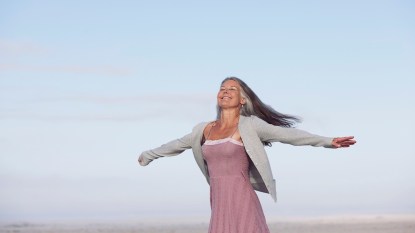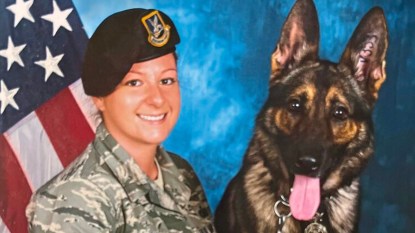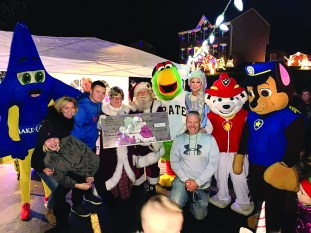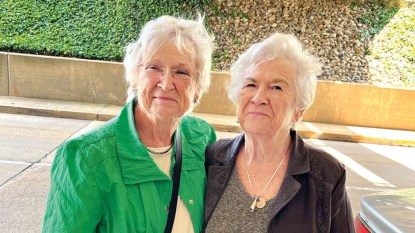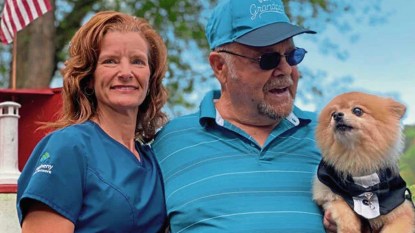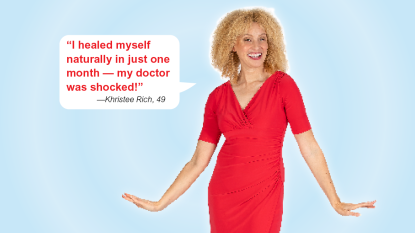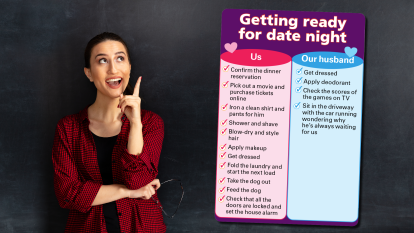3 Healthcare Workers Helping Fight COVID-19 Share Their Inspiring Stories
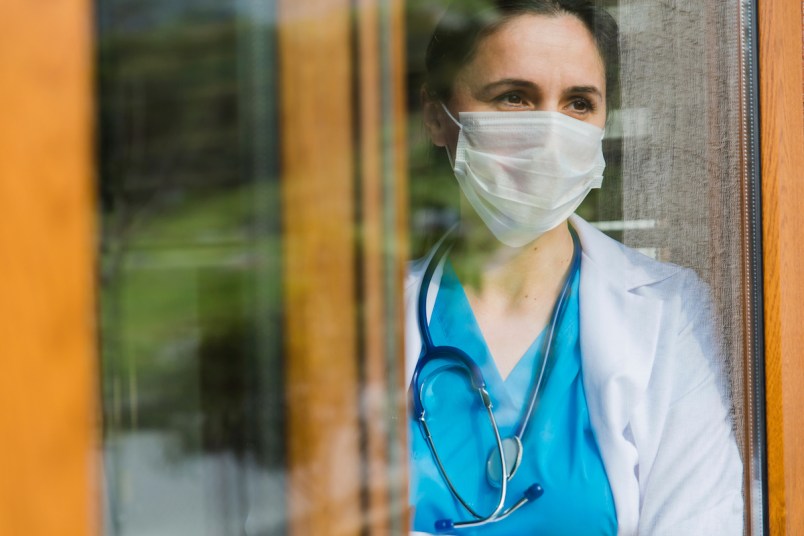
As the coronavirus (COVID-19) crisis unfolds, we are all making sacrifices both big and small for the greater good. While many of us are safe at home, sacrificing luxuries like trips to the gym and dinners at our favorite restaurants, essential workers are making sacrifices of a different kind — they are risking their own health in order to help others.
Among these essential workers are a group of superheroes who wear scrubs, hold hands, and warm hearts in hospitals and nursing homes all over the world. While the crisis has certainly added a new level of stress, anxiety, and fear to their lives, doctors and nurses are simply doing what they have always done — caring for people.
We clap for them, we like their pictures on social media, we place thank you signs on our lawns. We know they are heroes, but what we don’t always see, however, is the magnitude of sacrifice they are making behind the scenes so they can serve and protect us. Here is an inside look into some of the behind-the-scenes sacrifices our medical professionals are making.
They Are Leaving Their Kids and Families Behind
Andrew Berkey, an ambulance operations manager from Jamestown, North Dakota made the heart-wrenching decision to send his three-year-old daughter, Thea, to live with his parents five hours away in Minnesota. Thea’s mom works in a nursing home, so the risk of exposure to COVID-19 was high for both parents, and thus, Thea as well.
“She has been there for about a month and for the most part, she’s doing OK,” he says. “For me though, it is awful.” But Berkey knows this is all a part of his choice to fulfill his calling to help others. “I do think I made the right choice, however, it is still agonizing and terrible and I want to cave every day and pick her up.”
Similarly, Stacie Kelly, from Gardner, Kansas, left her four kids home with her husband to fly to New York City to help in the epicenter of the COVID-19 outbreak. Leaving her family behind for the unforeseeable future was far from easy, but she had already been working long hours every day caring for COVID patients and was self-quarantining at home to protect her daughter, who has asthma.
“I felt like it wouldn’t be much different being in a different city halfway across the country,” she says. She also knew how hard the healthcare workers in New York were working and that they needed assistance and relief. “My husband and children know how passionate I am about helping as many people as I can, and they understood and knew that I needed to go.”
They Are Afraid, Too
Medical professionals are the face of courage, strength, and healing, but they are human and get scared like the rest of us. “I was not scared about leaving my children in the very capable hands of my husband,” says Kelly. “I was terrified of the unknown. I knew from watching the news that New York was a mess and that I was going to experience a whole new level of chaos, sadness, and despair. I just wasn’t sure how I was going to handle it.”
But once she arrived in New York City her nerves went away and she got to work. “We were greeted with nothing but love and admiration from every New Yorker we encountered,” she says. “This made me feel calm and ready.”
Even those who stay close to home, working their regular shifts, experience similar feelings. “The fear of bringing it home to my son [who has multiple sclerosis] is significant as I am the only person in my house who still leaves to go to work and run errands,” says Jill Thompson, the medical director at Midwood Addiction Treatment Center in Charlotte, North Carolina. She knows if her son were to contract the coronavirus, it would be from her exposure to the outside world.
For many medical professionals, and non-essential workers alike, this fear is ultimately about the unknown. “I am obviously concerned about my future and the future of my family, friends, and patients,” says Thompson. “None of us have lived through a global pandemic and there are so many unknown variables out there.”
But fear comes and goes, and like Kelly when she arrived in New York, something as simple as human connection and support helps to diminish it.
They See a Bright Future
Despite the long hours, the separation from loved ones, and the sometimes-crippling fears, all of these heroes see the light at the end of the tunnel. They are focused on their purpose and they personify hope.
Berkey looks to a brighter future when his daughter will better understand this time of separation. “There’s not a night that I don’t lay down in bed and wonder if it’s worth it,” he says. “But I love this work and I love being on the front lines. Despite everything, I intend to continue with this career — I just keep reminding myself that when Thea is older, this will make sense and that she will be proud of me.”
Kelly shares a similar insight: “I hope my children and my future grandchildren will always remember what I did during my time here and the stories that I will tell. Stories not so much of death and the sadness, but instead of the camaraderie shown by so many nurses and providers around the country, who came together for one purpose: To save as many as we can, to hold the hands of those we cannot, and love those who need it the most.”
And for the rest of us, we can support our frontline workers from afar. We can deliver baked goods to hospitals, send hand-crafted thank you cards, and like every inspiring shout-out on social media. More importantly, we can do our part to keep them safe, too.
This too shall pass — and when it does, let us not forget the power of these amazing heroes.


